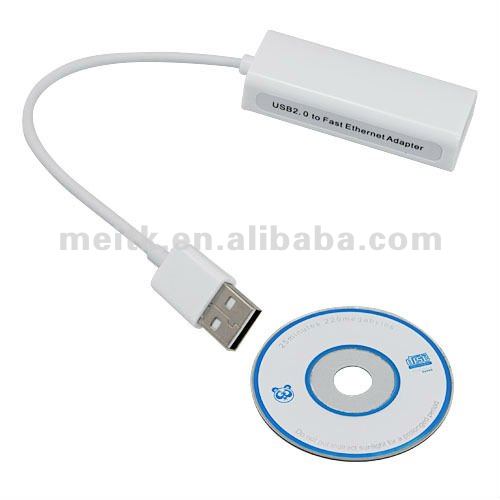




Steps that the network stack uses to power the EMAC driver: When the network interface is brought up, the network stack powers the EMAC driver. The EMAC driver class is instantiated during the creation of the network interface. There are also callback registration functions for upcalls from the driver - the stack can register callback functions for packet reception and link status changes. The EMAC-derived driver would normally be installed in features/netsocket/emac-drivers, often in a TARGET_XXX directory.Ĭlass EMAC is entirely abstract - you need to implement about a dozen calls to activate the driver, send and receive packets and perform other control and information functions. A network stack (or test framework) uses this API to control your driver. You must derive this class from the EMAC class. The first step in the port is to create a driver class that you can instantiate to control your device.


 0 kommentar(er)
0 kommentar(er)
